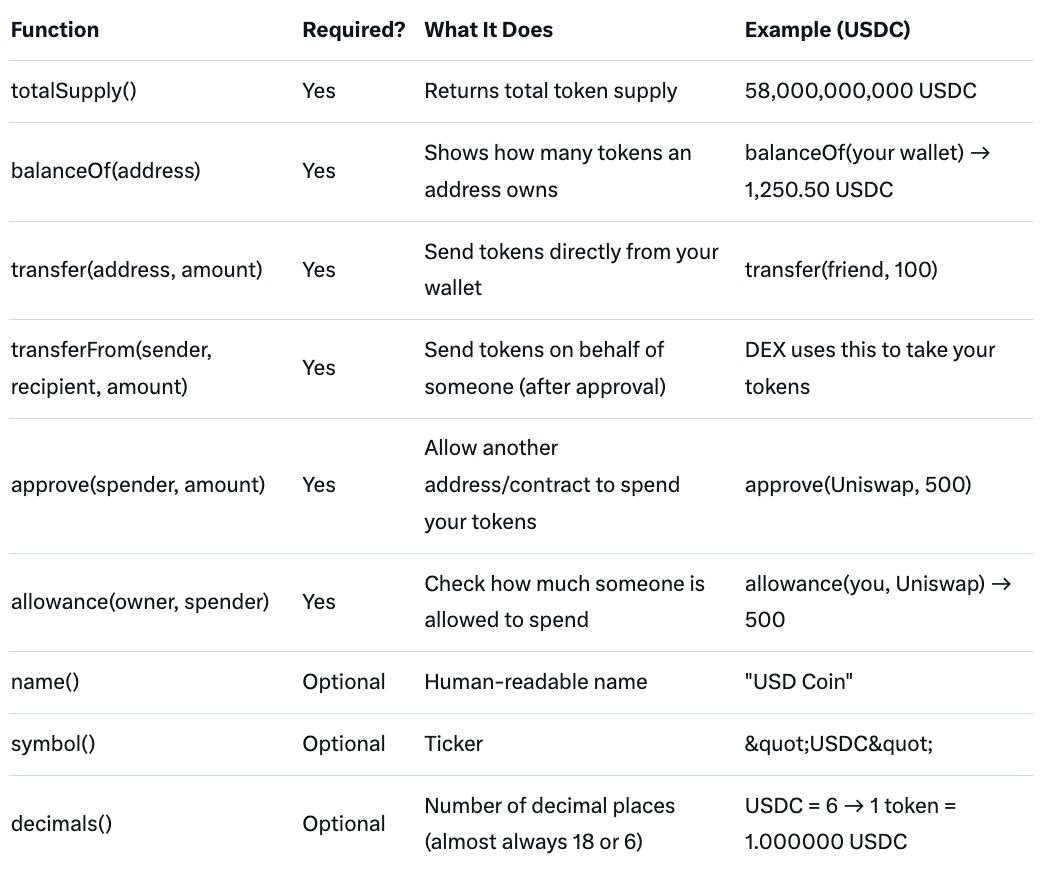
If you’ve ever used USDT, USDC, SHIB, UNI, or any of the 600,000+ tokens on Ethereum and its Layer-2s, you’ve used ERC-20 — the most successful token standard in crypto history. In November 2025, ERC-20 tokens represent over $750 billion in value and power everything from stablecoins to memecoins, governance votes to DeFi lending.
This 2,300-word beginner-friendly SEO guide explains what ERC-20 actually is, how it works under the hood, the 6 required + 3 optional functions, how transfers and approvals happen, gas costs in 2025, real-world examples, and how it compares to ERC-721 (NFTs) and ERC-1155. By the end, you’ll read any Ethereum token like a pro.
(When you want to swap any ERC-20 token across Ethereum, Base, Arbitrum, or 200+ other chains with zero commission, Baltex.io is one of the fastest and cheapest options in 2025.)
totalSupply, balanceOf, transfer, transferFrom, approve, allowance.name, symbol, decimals.Jump to how it works | Transfer vs Approve | Gas costs | ERC-20 vs ERC-721/1155 | FAQ
ERC-20 is not a token itself — it’s a rulebook that developers follow so their token behaves the same way as every other token.
Think of it like USB: Any device that follows the USB standard plugs into any computer the same way. Any token that follows ERC-20 works in every wallet, exchange, and dApp the same way.
That’s why you can send SHIB and USDC from the same wallet, swap them on Uniswap, or stake them on Aave — they all speak the same language.

These 9 functions are written into every legitimate ERC-20 smart contract.
You → Friend:
You call transfer(friendAddress, 100 * 10**6) for 100 USDC
→ Done in one transaction.
approve(Uniswap, 500 USDC) → costs gas once.transferFrom(your wallet → pool, 500 USDC) when you swap.This is why you sometimes see “Approve USDC” before swapping.
Thanks to L2s and Dencun upgrade (2024):

Pro tip: Always do ERC-20 transactions on L2s in 2025.


Always verify contract address on Etherscan/Blockscan!
You’ll own hundreds of ERC-20 tokens eventually. The cheapest, fastest way to swap them across chains in 2025 is Baltex.io — a zero-commission, non-custodial aggregator supporting Ethereum, Base, Arbitrum, Polygon, Solana, and 200+ others. Example: Swap 1,000 USDC (Base) → PEPE (Ethereum) → costs <0.2 % total, one click, no KYC.
No — NFTs are ERC-721/1155, some new standards exist (ERC-404, ERC-20X), but 95 %+ are still ERC-20.
Yes — many projects include burn functions (SHIB burned 410 trillion).
18 = same as ETH (easier math). 6 = matches USD cents (stablecoins).
No — works on every EVM chain (Polygon, BNB Chain, Avalanche, etc.).
Only up to the amount you approved. Always set exact amount or use “Revoke” tools (revoke.cash).
Unlikely — too many tools and billions in value depend on it.
You may never write a line of smart-contract code, but every time you send USDC, trade a memecoin, or stake in DeFi, you’re using ERC-20 — the standard that made Ethereum the king of tokens.
It’s simple, battle-tested, and works the same way whether you’re moving $1 or $1 billion.
Next time you see “ERC-20” on a token page, you’ll know exactly why it matters.
Ready to start collecting? Connect your wallet to Baltex.io and swap any ERC-20 token across chains instantly and commission-free.
Welcome to the token economy 🚀